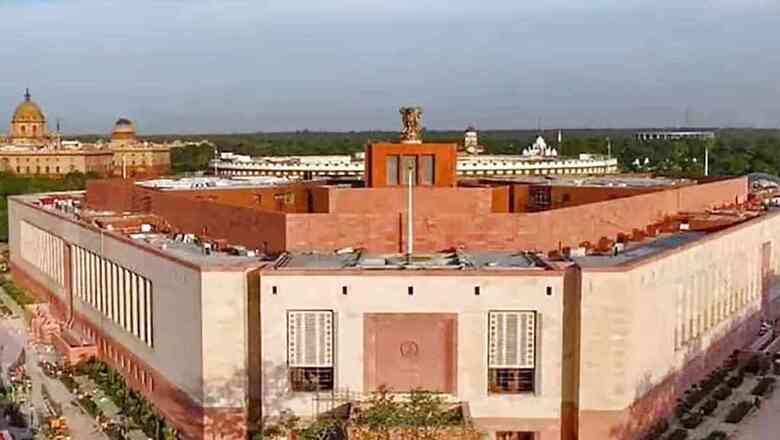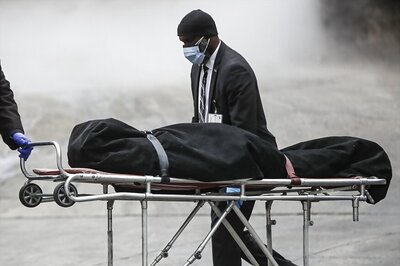
views
The special session of Parliament has resumed in the new Parliament Complex from Tuesday, September 19. Both the Houses have shifted to the new building, which has been built at a cost of Rs 971 crore. It was inaugurated by Prime Minister Narendra Modi earlier in May. The new Parliament complex has six gates, which have been named in an interesting manner. The names are a mix of real and mythological creatures from Indian folklore. Each door has been also sculpted in the shape of the creatures it is named after. Let’s know more about these six gates of the new Parliament Complex.
Gaja Dwar
The gate is named after an elephant and is located on the northern side of the Parliament complex. Elephants are associated with intellect, memory, wealth and wisdom. The special session of the Parliament also commenced in the new complex on the occasion of Ganesh Chaturthi. As per Hindu mythology, Lord Ganesha is considered a supreme symbol of new beginnings, he also has the head of an elephant.
Ashwa Dwar
The Ashwa Dwar is named after a horse and is inspired by the Sun Temple in Odisha’s Konark. In Indian folklore, horses are denoted as a symbol of power, strength and courage.
Shardula Dwar
Shardula is a hybrid form of a lion and a tiger. It represents the perfect balance of strength and grace. The Shardula is located on the south-eastern side of the complex, which is also the public entrance. It has been inspired by the stone statue preserved at the Gujari Mahal Museum in Gwalior, Madhya Pradesh.
Hamsa Dwar
Hamsa Dwar is inspired by the Vijay Vitthala Temple situated at Hampi, Karnataka. The gate is located at the north-eastern public entrance. The Hamsa is associated with the power of discernment, self-realisation and wisdom.
Garuda Dwar
The eastern entrance of the building has the Garuda sculpture, which signifies power and Dharma.
Makara Dwar
The Makara statue erected in the western public entrance has been inspired by the UNESCO-recognised Hoysaleshwara Temple, situated at Halebidu, Karnataka. Makara is the symbol of unity in diversity and peaceful coexistence among people of all faiths.

















Comments
0 comment